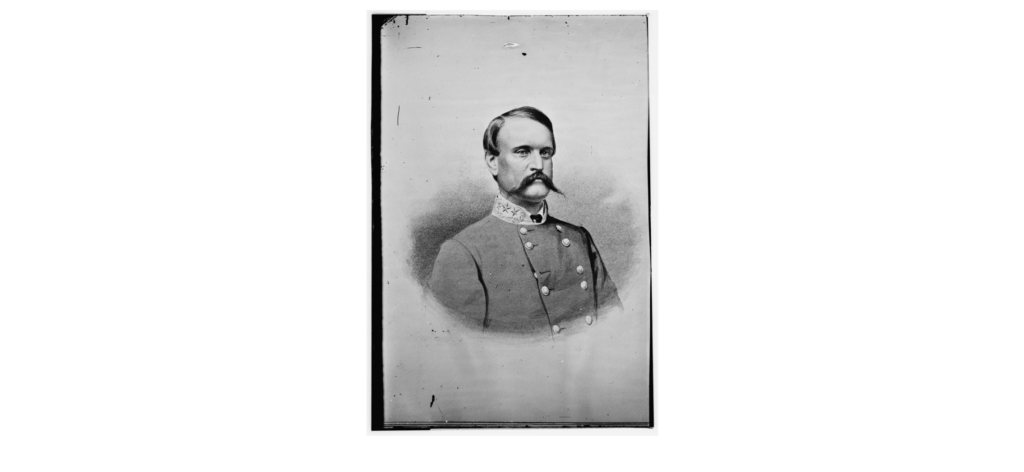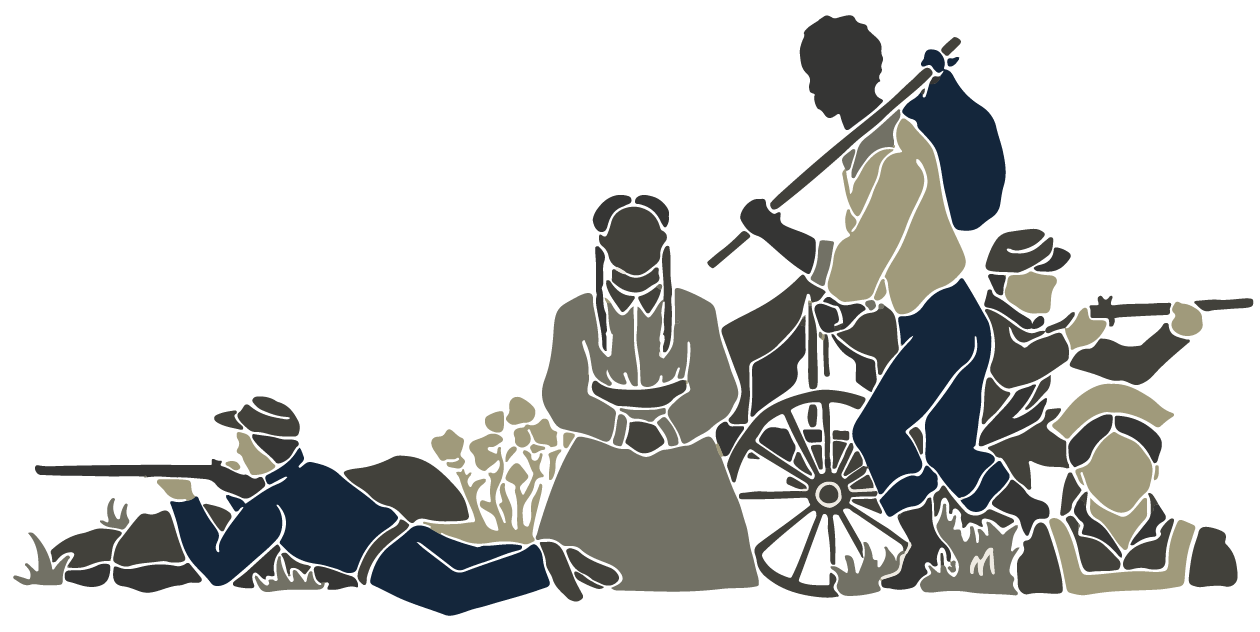John C. Breckinridge (1821-1875), a native of Kentucky, served as Vice President under James Buchanan in the late 1850s before running for president in 1860. Commissioned as a Confederate brigadier general, Breckinridge commanded all Confederate forces in Southwest Virginia by late 1864. He won the First Battle of Saltville but could not stop Stoneman at Marion, exposing Saltville to destruction. Breckinridge ended the war as Confederate Secretary of War.
George Crook (1830-1890), born in Ohio, was tasked by General U.S. Grant in 1864 with the destruction of the Virginia & Tennessee Railroad and Confederate salt works in Southwest Virginia. Crook defeated the defenders of Dublin at Cloyd’s Mountain and destroyed the railroad there before moving on to Central Depot (Radford) and burning the New River Bridge. After the war, he commanded troops against Native American tribes, and famously pursued the Apache leader Geronimo in the 1880s.
Rutherford B. Hayes (1822-1893) left Ohio as a major with the 23rd Ohio Volunteers but soon became lieutenant colonel. At this rank, he led Union forces into Giles County in 1862, but was repulsed at Pearisburg. He took part in the Union push into Southwest Virginia in 1864, fighting at Cloyd’s Mountain under Gen. George Crook. Hayes became the 19th President of the United States in 1877. Fellow Ohioan William McKinley served with Hayes in Southwest Virginia and became president in 1897.
Albert G. Jenkins (1830-1864) served in the US Congress before the Civil War. With hostilities imminent, he returned home to what is now West Virginia and commanded a unit of Confederate cavalry rangers before leaving for the Confederate Congress. Headquartered at Dublin in 1864, Jenkins led the Confederate forces in the Battle of Cloyd’s Mountain, falling mortally wounded in the fight.
George Stoneman (1822-1894) of New York was promoted to Brigadier general in the Union Army at the beginning of the war, leading both cavalry and infantry troops in the eastern and western theaters. He led raids into Southwest Virginia in 1864 and 1865, winning the Second Battle of Saltville and destroying the Virginia & Tennessee Railroad on his April 1865 foray into Virginia from the south. Stoneman later served one term as Governor of California.





